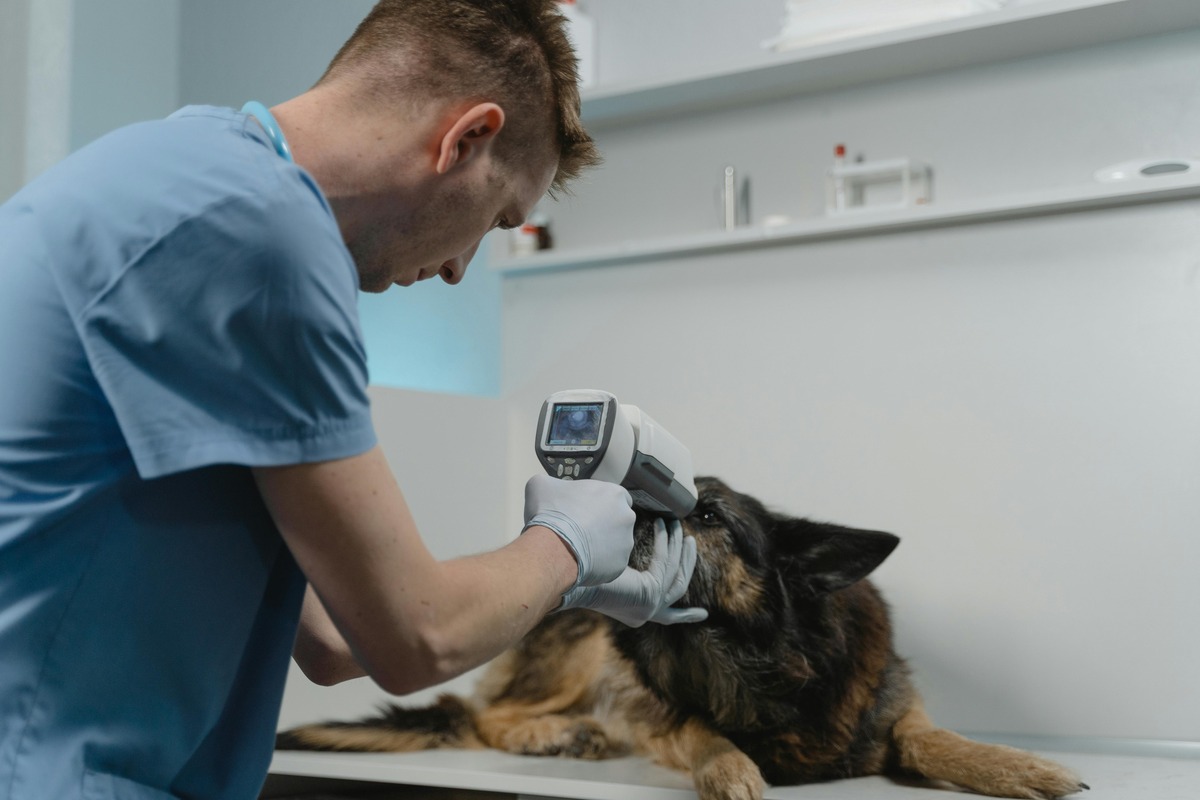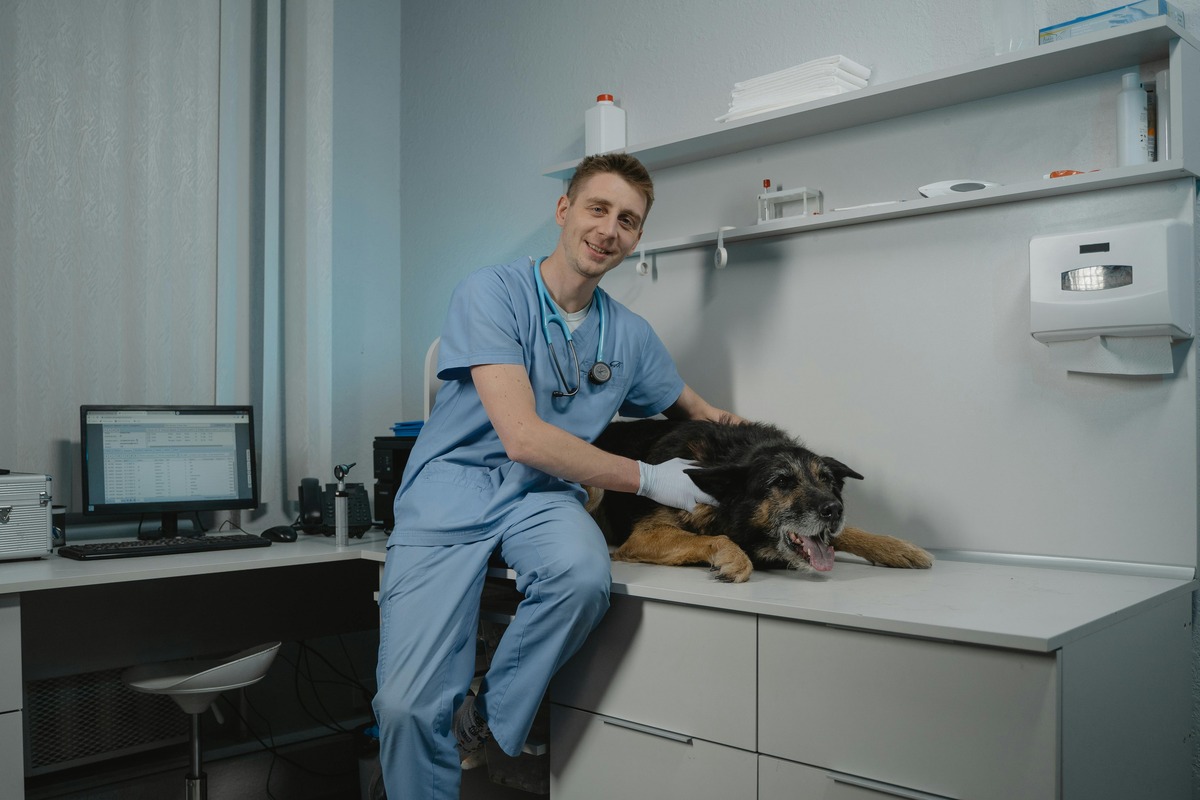
How to Spot Signs of Illness in Your Pet
As a pet owner, your furry friend’s health is one of your top priorities. Pets can’t talk when they feel sick. So, it’s important for owners to spot the early signs of illness. Identifying symptoms early can prevent minor health issues from escalating into serious conditions. This guide will help you understand common pet health symptoms and when to call the vet. You will know how to determine if your pet needs immediate medical attention.
Many pet illnesses begin with subtle symptoms, and early detection can save lives. This guide covers various aspects of pet health, from behavioural changes to physical symptoms. This will help you become a more observant and proactive pet parent.
Pro Tip: Early detection of illness can save your pet’s life. Keep a health journal to track appetite, energy levels, and bathroom habits. Noticing small changes early can prevent serious health issues.
Quick Guide:
- Monitor Behaviour Changes – Look for signs like lethargy, loss of appetite, or excessive scratching.
- Check Eating & Drinking Habits – Sudden weight changes or excessive thirst can signal health issues.
- Watch for Digestive Issues – Persistent vomiting or diarrhoea needs veterinary attention.
- Inspect Skin & Coat – Redness, lumps, or hair loss could indicate allergies, parasites, or infections.
- Assess Breathing & Vocalisation – Wheezing, coughing, or unusual vocalisation may be signs of distress.
- Know When to See a Vet – Seizures, laboured breathing, or blood in urine require immediate care.
Important Tip: Regular vet checkups are vital for preventative care. Even if your pet seems healthy, an annual exam can detect underlying health issues before they become severe.
Understanding Normal vs. Abnormal Behaviour
Every pet has a unique personality and daily routine. Knowing what is normal for your pet will make it easier to spot unusual behaviour that may indicate illness. Some common changes to look out for include:
- Changes in Appetite: A sudden increase or decrease in food intake can be a sign of health problems.
- Energy Levels: If your usually playful pet becomes lethargic or unusually hyperactive, it could indicate an underlying issue.
- Sleep Patterns: Excessive sleeping or restlessness can be a sign of discomfort.
- Bathroom Habits: Changes in urine and stool frequency, colour, or consistency may indicate digestive or urinary problems.
- Social Behavior: If a friendly pet becomes withdrawn, or an independent pet suddenly wants a lot of attention, it might mean they are uncomfortable.
- Vocalisation: Unusual whining, growling, or excessive barking/meowing may signal pain or distress.
Common Signs of a Sick Pet

1. Changes in Eating and Drinking Habits
- Loss of appetite could be a sign of infections, dental issues, or underlying illnesses.
- Increased water consumption may indicate diabetes or kidney disease.
- Sudden weight loss or gain should not be ignored, as it can be a symptom of metabolic disorders.
2. Unusual Lethargy or Restlessness
- If your pet appears fatigued or reluctant to move, it could indicate pain or illness.
- Restlessness or difficulty sleeping may signal discomfort or anxiety.
- Persistent hiding in cats or reluctance to engage in normal activities can be a red flag.
3. Vomiting and Diarrhoea
- Occasional vomiting may not be serious, but frequent episodes should be evaluated.
- Persistent diarrhoea or bloody stool requires immediate veterinary attention.
- Dehydration from excessive vomiting can lead to severe complications such as organ failure.
4. Respiratory Issues
- Laboured breathing, coughing, or wheezing may indicate respiratory infections, allergies, or heart disease.
- Nasal discharge, especially if thick or coloured, suggests an infection or irritation.
- If your dog is panting a lot or your cat is breathing with its mouth open, it’s an emergency. You need to see a vet right away.
5. Skin and Coat Changes
- Excessive scratching, redness, or hair loss may indicate allergies, parasites, or infections.
- Dry, flaky skin could be a sign of nutritional deficiencies, dehydration, or dermatological issues.
- Lumps, bumps, or wounds that do not heal should be examined for potential tumours or infections.
- Excessive shedding, dull coats, or bald patches can indicate hormonal imbalances or poor nutrition.
6. Changes in Urination Patterns
- Straining to urinate, having accidents, or noticing strong-smelling urine may mean you have a urinary tract infection or kidney issues.
- Blood in urine is a serious symptom that requires immediate veterinary care.
- Increased urination may be an early sign of diabetes or kidney disease.
- Cats attempting to urinate frequently without success may have a urinary blockage, which is a medical emergency.
7. Eye and Ear Issues
- Red, swollen, or watery eyes may indicate infections, allergies, or injuries.
- Excessive ear scratching, head shaking, or foul-smelling ears suggest ear infections or mites.
- Cloudiness in the eyes can be a sign of cataracts, glaucoma, or infections.
- Discharge from the eyes or ears can indicate bacterial or fungal infections.
When to Call the Vet

Not all symptoms require immediate veterinary attention, but some signs should never be ignored. Call your vet if you notice:
- Persistent vomiting or diarrhoea lasting more than 24 hours.
- Difficulty breathing, wheezing, or excessive coughing.
- Seizures, loss of consciousness, or sudden collapse.
- Unexplained weight loss, extreme lethargy, or lack of coordination.
- Any sign of severe pain (whining, limping, reluctance to move, or aggression when touched).
- Inability to urinate or defecate, especially if the pet appears distressed.
- Bleeding that does not stop within a few minutes.
Preventative Measures to Keep Your Pet Healthy
1. Regular Vet Checkups
- Annual wellness exams help detect potential health issues early.
- Routine vaccinations and parasite prevention protect against diseases.
- Blood tests and screenings for older pets can spot age-related issues early. This helps prevent more serious problems later.
2. Proper Nutrition
- Provide a balanced diet with high-quality ingredients tailored to your pet’s breed, age, and activity level.
- Ensure access to fresh water at all times to prevent dehydration.
- Avoid feeding human foods that can be toxic, such as chocolate, grapes, onions, and xylitol-containing products.
3. Dental Care
- Brush your pet’s teeth regularly to prevent dental diseases such as gingivitis and periodontal disease.
- Use vet-approved dental treats or chews to maintain oral hygiene.
- Schedule professional dental cleanings as recommended by your vet.
4. Exercise and Mental Stimulation
- Daily walks, playtime, and interactive toys keep pets physically and mentally healthy.
- Maintain a healthy weight to prevent obesity-related illnesses.
- Provide puzzle toys, training exercises, and new experiences to keep your pet engaged.
5. Parasite Prevention
- Regular flea, tick, and heartworm prevention is essential for overall health.
- Keep your pet’s bedding and living areas clean to reduce parasite risks.
- Perform routine checks for fleas, ticks, and skin irritations, especially after outdoor activities.
6. Grooming and Hygiene
- Regular grooming helps detect skin issues, lumps, or infections early.
- Keep your pet’s nails trimmed to prevent injuries and mobility issues.
- Bathing should be done using pet-safe shampoos to avoid skin irritation.
FAQs
1. What are the first signs that my pet might be sick?
Early signs of illness in pets include changes in appetite, unusual lethargy, vomiting, diarrhoea, excessive scratching, breathing difficulties, or sudden behaviour changes. Noticing these early can help prevent serious health issues.
2. How can I tell if my pet’s condition is an emergency?
Seek immediate veterinary care if your pet has difficulty breathing, persistent vomiting or diarrhoea, seizures, uncontrolled bleeding, or signs of extreme pain like whining or limping. The inability to urinate or defecate is also a medical emergency.
3. How often should I take my pet for a checkup?
Annual vet checkups are recommended for most pets, while senior pets or those with existing health conditions may need more frequent visits. Regular checkups help detect potential issues early and keep vaccinations up to date.
4. Can changes in my pet’s coat indicate health problems?
Yes, excessive shedding, bald patches, redness, or a dull coat can indicate allergies, infections, nutritional deficiencies, or hormonal imbalances. If your pet’s coat condition changes significantly, consult your vet.
5. What should I do if my pet refuses to eat for more than a day?
Loss of appetite for more than 24 hours can be a sign of illness, pain, or digestive issues. Offer fresh food and water, and monitor for other symptoms. If the refusal to eat continues, contact your vet for an evaluation.
Pet Illness on Your Watchlist
You should know the signs when it comes to your pet’s health. Prevention is always better than cure. Pay careful attention to changes in behaviour, appetite, and physical appearance. This can help you make sure your pet gets timely medical attention. Lots of happy hounds will follow a plan from your friendly pet clinic.
Your care and attention are key to your pet’s long life and happiness. The sooner you notice, the quicker you can act to avoid health problems. This way, both the companion and the friend can enjoy many happy years together.